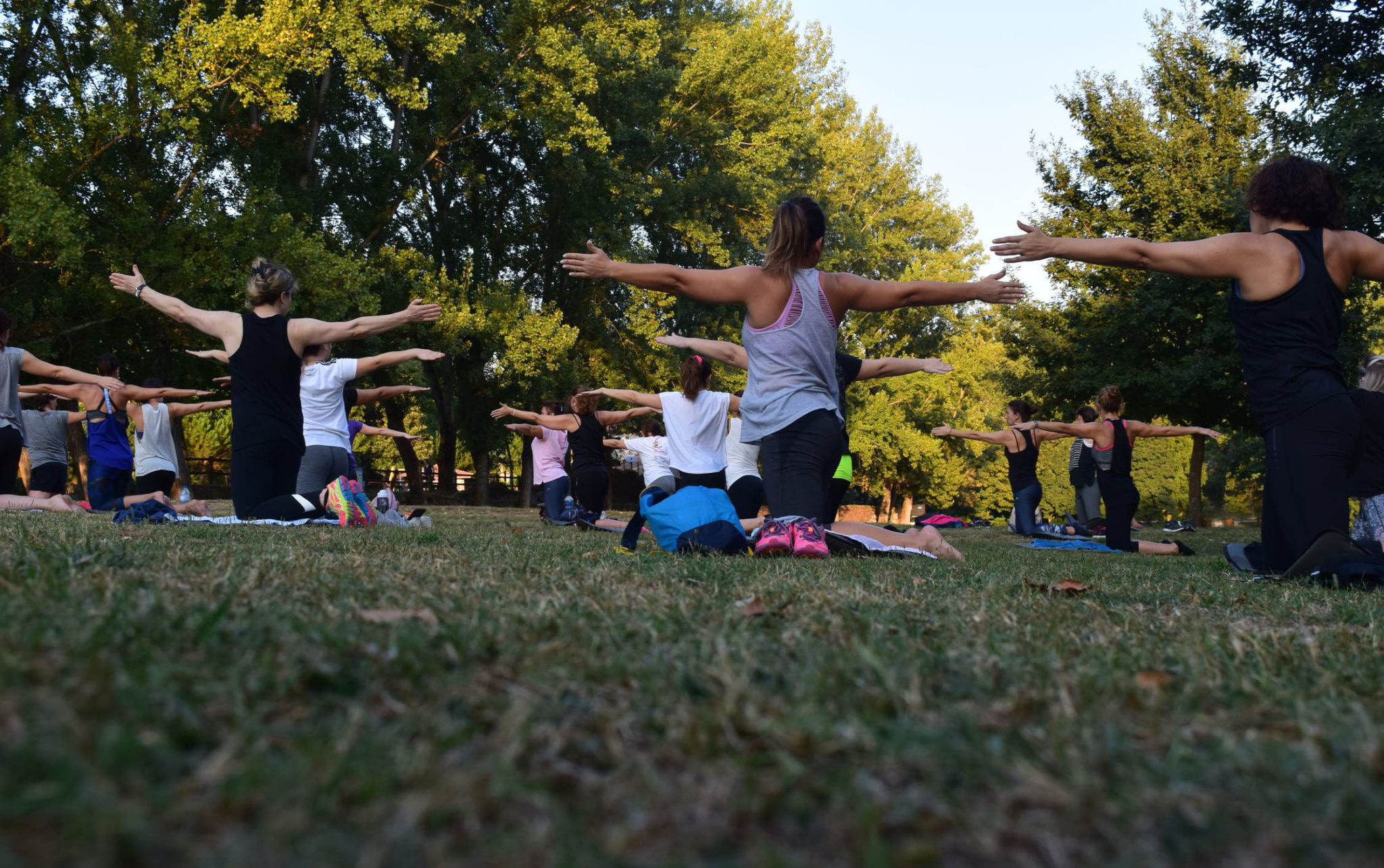Yoga popularity has grown tremendously in the past several years, and National Health Interview Survey data conducted by the Centers for Disease Control and Prevention (CDC) show increased usage for complementary and alternative medicine (CAM) treatments. In 2007, yoga was the seventh most commonly used CAM therapy. There has been a steady rise in the use of yoga since 2017 to treat musculoskeletal conditions; the limiting factors are cost, convenience, timing of class and access to studios.
Derived from the Sanskrit word “yuji,” meaning yoke or union, yoga is an ancient practice that brings together mind and body. Practicing yoga is said to come with many benefits for both mental and physical health. Proven yoga physical benefits are: reduced inflammation, reduced chronic pain, improved flexibility and balance, improved breathing and sleep. Yoga also has psychological benefits of decreasing stress, anxiety and depression.
If there is a work-related injury, yoga is considered self- care, as it can help prevent seeking medical care. It not only leads to better outcomes while helping to eliminate OSHA recordables and workers’ compensation claims, but it is a skill that can increase quality of life and be used to prevent work-related injuries in the future. Yoga, in comparison with spinal manipulation, physical therapy and acupuncture, may be more cost-effective because it can be delivered in a group format and self-administered at home. However, actual cost analysis of yoga interventions is needed.
This literature review suggests that yoga is effective in reducing pain and disability and improving both physical and mental function.
About one-fourth of U.S. adults report low back pain, lasting a whole day or more, with average duration of three to six months. It is the most common cause of limited activity in people below the age of 45, the second-most frequent reason for visits to a physician, the third-most common reason for surgery and the fifth-most common cause of hospital admission in the U.S., according to Spine Journal The majority of individuals with back pain and sciatica recover from an acute episode in four to eight weeks, and 80% to 90% return to work within 12 weeks post-injury. However, 25% to 80% of patients with low back pain experience some form of recurrent back problem in the following year. Among those who suffer from an episode of low back pain, one year later as many as 33% have moderate intensity pain, and 15% may have severe pain.
In other words, there is a huge opportunity for yoga to address.
See also: How to Optimize Healthcare Benefits
Yoga Your Way is a new concept in a trend to take yoga outside of the studio and allow anyone to practice and integrate the benefits of mind-body interaction. Yoga Your Way can be brought to the worksite and paid for by the employer as a employee health benefit, providing customized yoga videos designed for a person’s ability and needs.
Studies have shown that practicing yoga 15 minutes per day leads to reduced illness and improved mental health. Yoga Your Way incorporates these principles for the mobile workforce such as the transportation industry as well for a more stationary workforce. Custom programs can range from simple stretching done in a truck (while parked) to exercises for those overseas in a war zone.
Yoga Your Way is not only providing relief from work-related conditions but is a preventive measure to strengthen and increase endurance, overall health and mind/body awareness.
Yoga is not just stretching in a crowded studio. It it is anyone, anywhere and any time.








